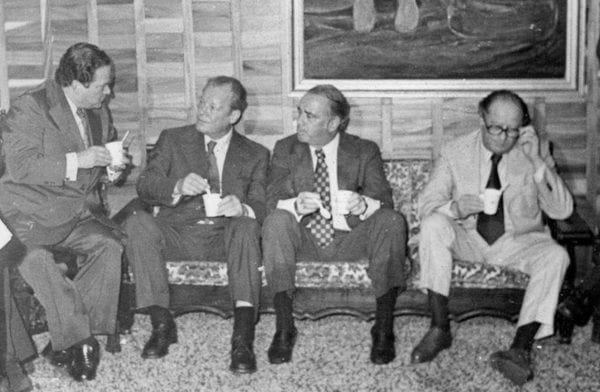Tag World War II
by guest contributor Benjamin Bernard Editors’ Note: given the summer holidays, for the month of August JHIBlog will publish one piece a week, together with our regular What We’re Reading feature on Fridays. The mood was grim when literary historian Gilbert Chinard… Continue Reading →
by guest contributor Agnieszka Smelkowska At first, Russian TV surprises and disappoints with its conventional appearance. A mixture of entertainment and news competes for viewers’ attention, logos flash across the screen, and pundits shuffle their notes, ready to pounce on any… Continue Reading →
by guest contributor James Casey On a chilly winter day in 1941 Jamil Sasson, a Syrian employee of the French Mandate bureaucracy, sent a letter to the Secrétaire général du Haut-Commissariat de la République Française en Syrie et au Liban… Continue Reading →
by John Raimo Thomas Mann received a curious letter on December 25, 1936. The Nobel Prize-winning author had entered into exile in Switzerland after publicly denouncing the Nazi regime years earlier. Mann’s works had been already banned as “un-German,” despite… Continue Reading →


